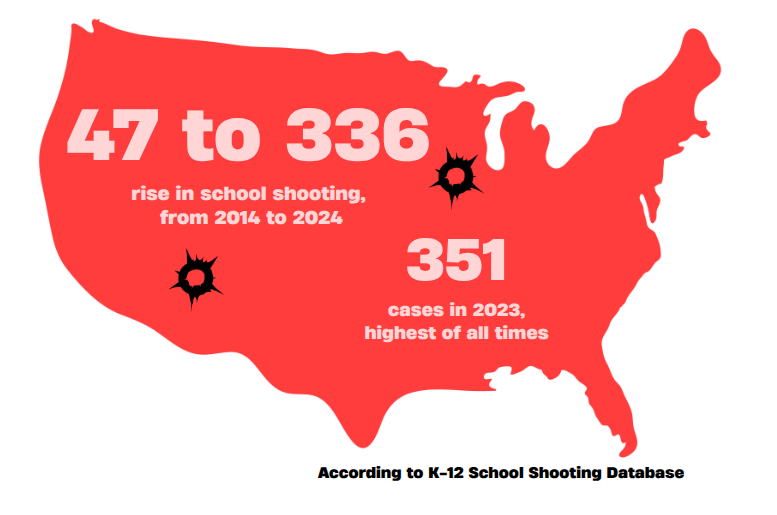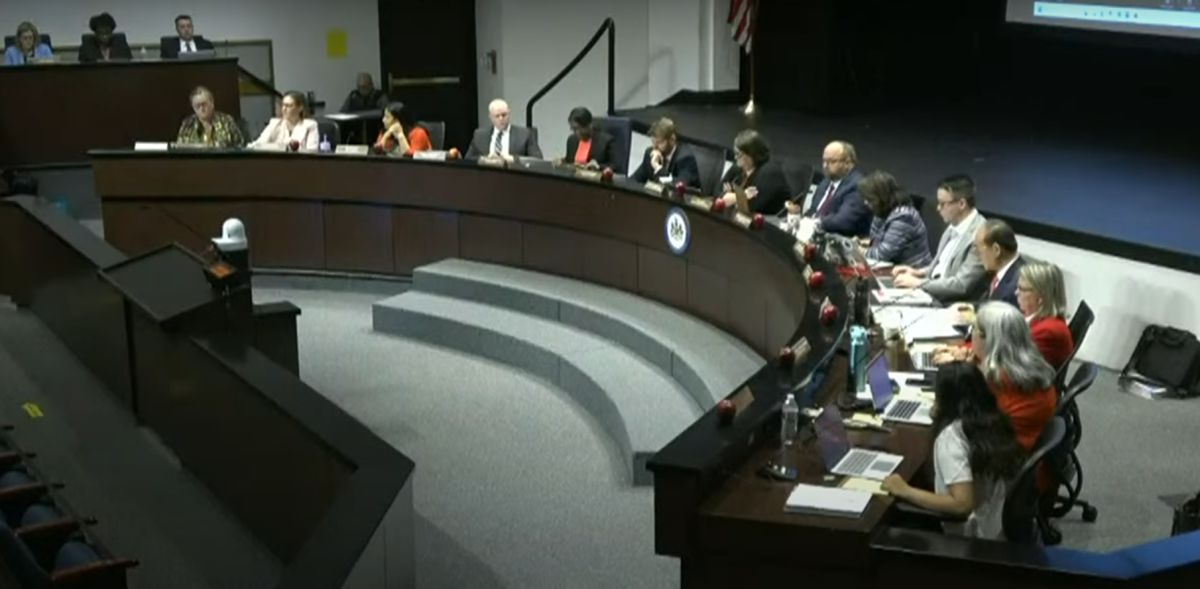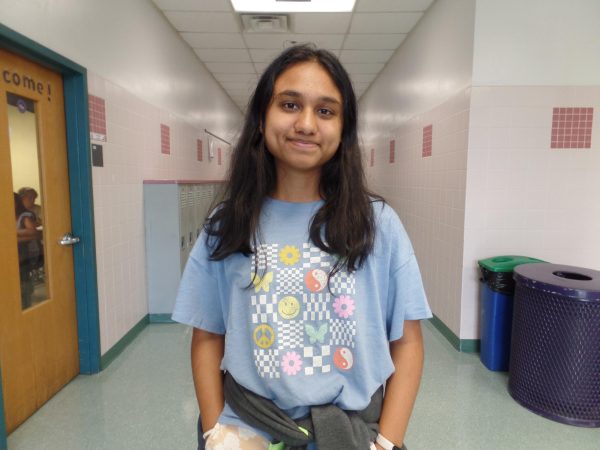
(Varsha Sekar)
When the first period bell rings, students no longer rush to their friends and teachers to piece together where to report for third period. The new changes made by the CHS administration this year intend to reduce confusion in schedules.
“We really just removed the terminology of LS,” assistant principal Zachary Winfrey said. “Mainly, we didn’t want to confuse anyone, so we consolidated it basically into one period.”
In the 2023-2024 school year, third period contained two classes – Learning Seminar and Charger Connect, commonly referred to as LS and CC by students and staff. Students would report to a period designated by administration for a 45-minute LS and then for a 45-minute CC, with five minutes to transition between the two. LS aimed to be a productive time for teachers to review material and for students to work, while CC served as downtime for students.
“It’s definitely less confusing,” senior Bhavana Balaji said. “There’s no trouble of going and asking your friends or teachers, ‘Oh where do we go for CC or LS?’”
Now, as opposed to two different locations, students report to one location for 90 minutes, with the first half intended to act as teacher directed time to review material and the second half serving as study hall and allowing students to move to a different classroom if they have a pass.
“Last year we had a lot of movement and if we needed help in both of those classes we could [get it] but this year it just kind of [feels like] we’re locked into one room,” Balaji said. “If you don’t actually need help in the class you’re in, it just feels like you can’t make use of all of third period.”
In addition to movement concerns, many students also have club meetings during CC, such as Social Justice Club and ESOL Peer Tutoring. Yet, between traveling to locations and setting up, time is lost.
“Clubs are for meeting new people and bonding and creating memories but in this amount of time I think everything just feels rushed,” Balaji said. “We could have a longer amount of time so maybe the first half is shorter and the second half is a little longer so that we have more time to get help, finish homework or have club meetings.”
Science teacher Anila Gill is also concerned over whether the amount of time given for CC is sufficient enough for students to get the help they need.
“With CC, you can go and meet with other teachers and complete work. But 45 minutes is not enough,” Gill said. “If this CC were 90 minutes, I would be able to help more students and bring in more students who want to do a full-fledged test which takes 90 minutes, versus trying to squeeze within 45 minutes.”

Despite concerns the new policy brings, there are still aspects of it that are thought to be beneficial and serve the purpose it was designed for. Homeroom, for example, can function as more than a class. Students report to their homeroom instead of CC on the last A day of every week.
“I like the idea of homeroom advisory,” Gill said. “You get to know the same group of people throughout the year and they build camaraderie. I have seniors this year and it’s really nice that it’s easy to talk to them.”








